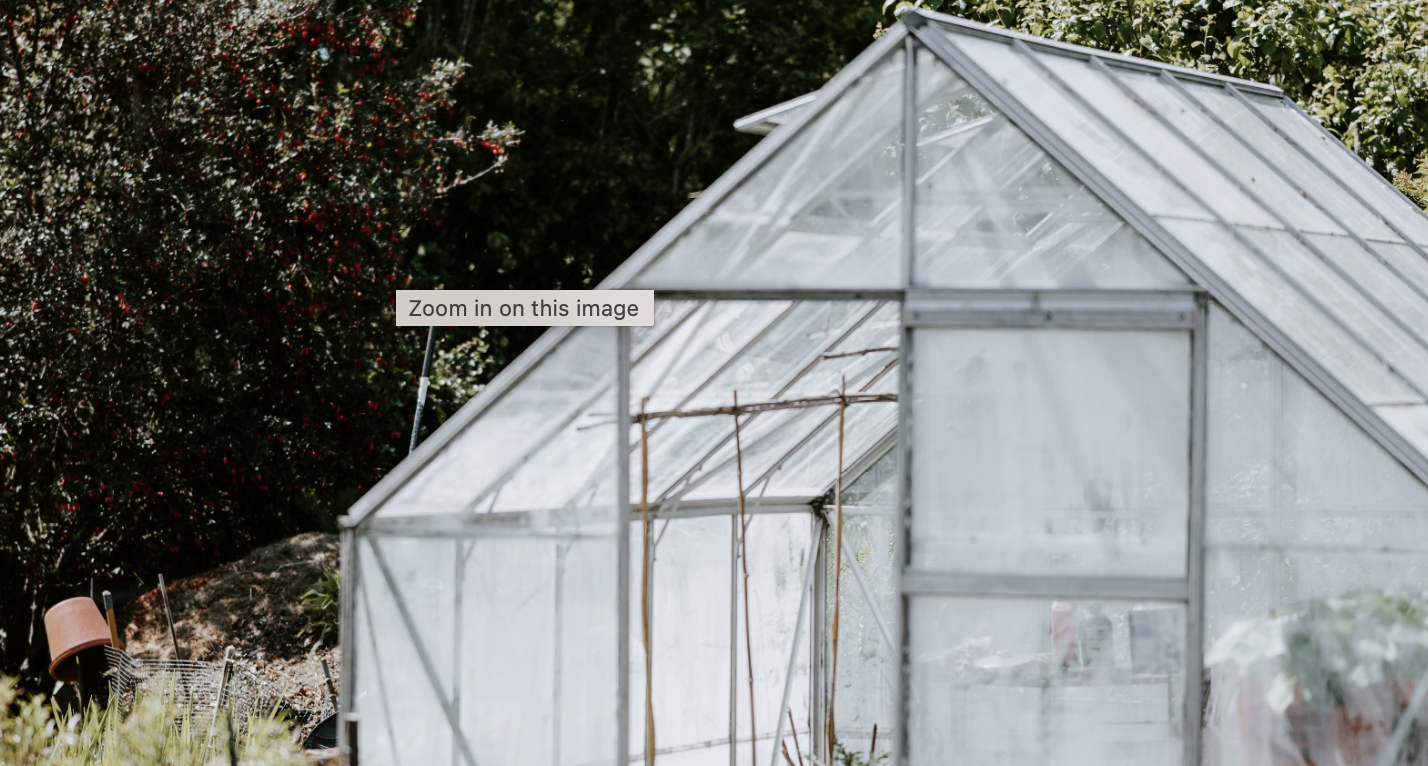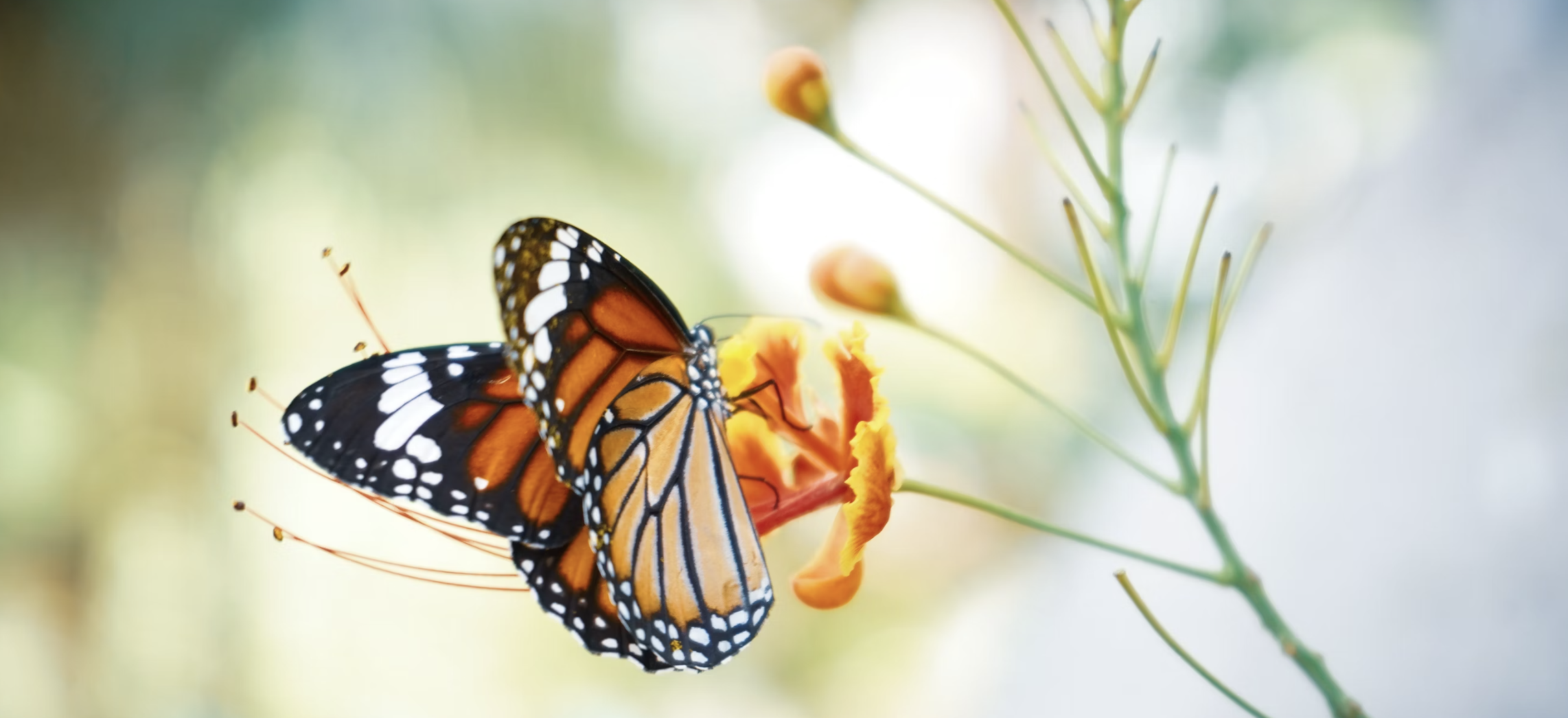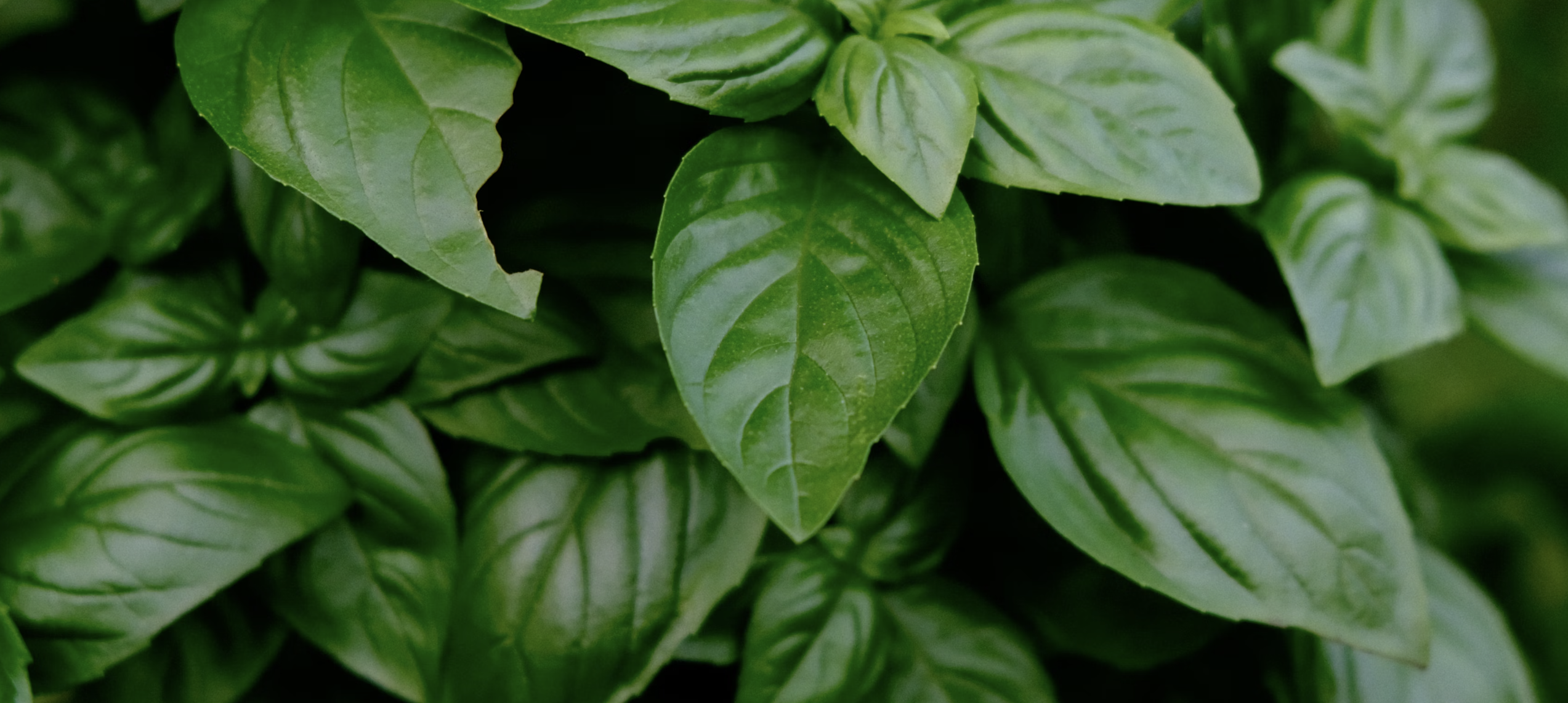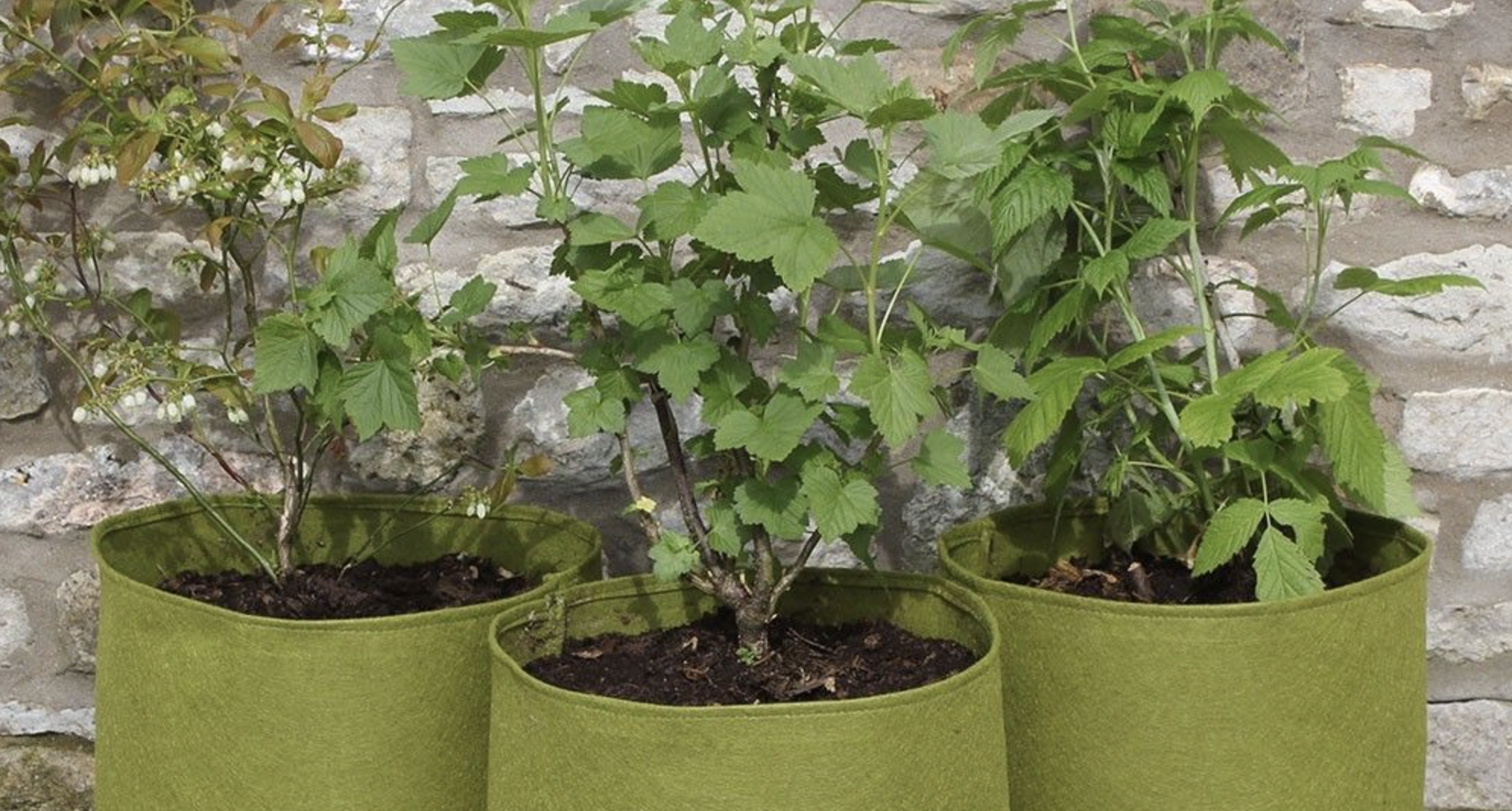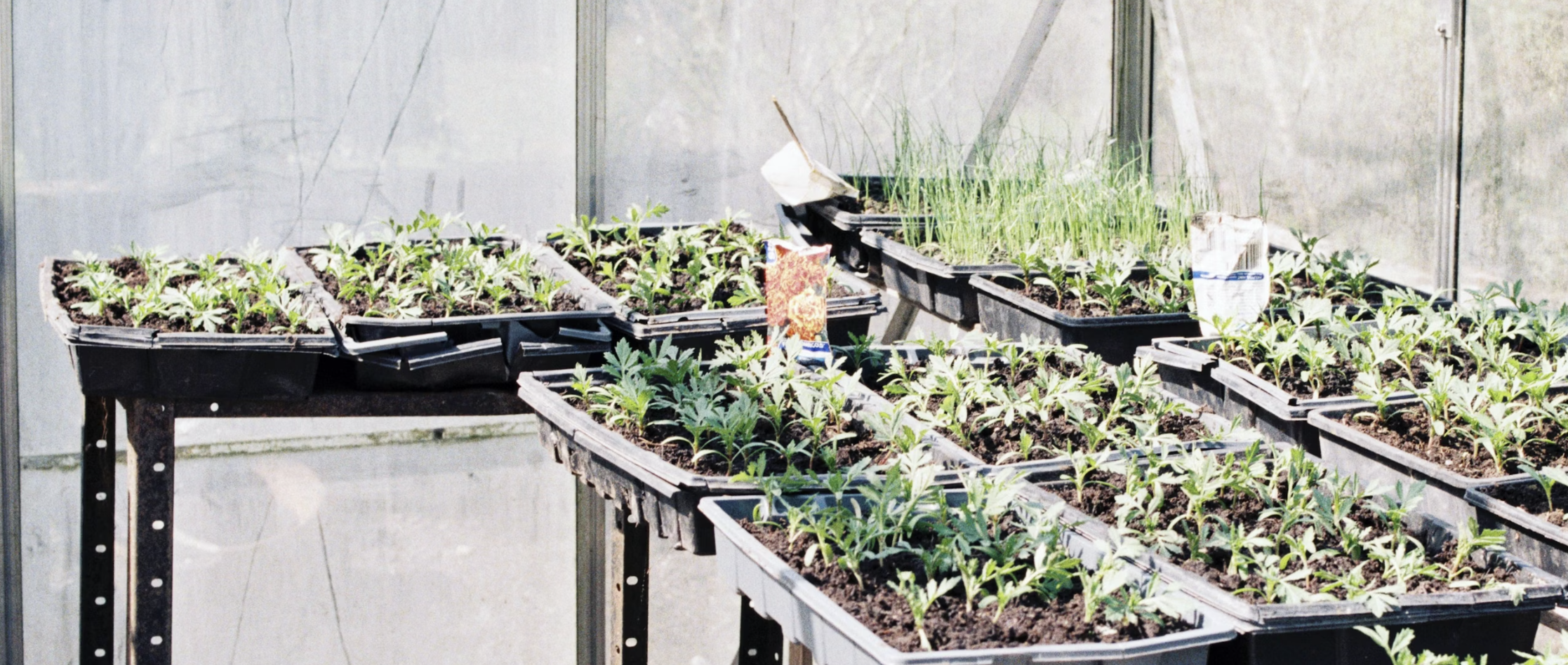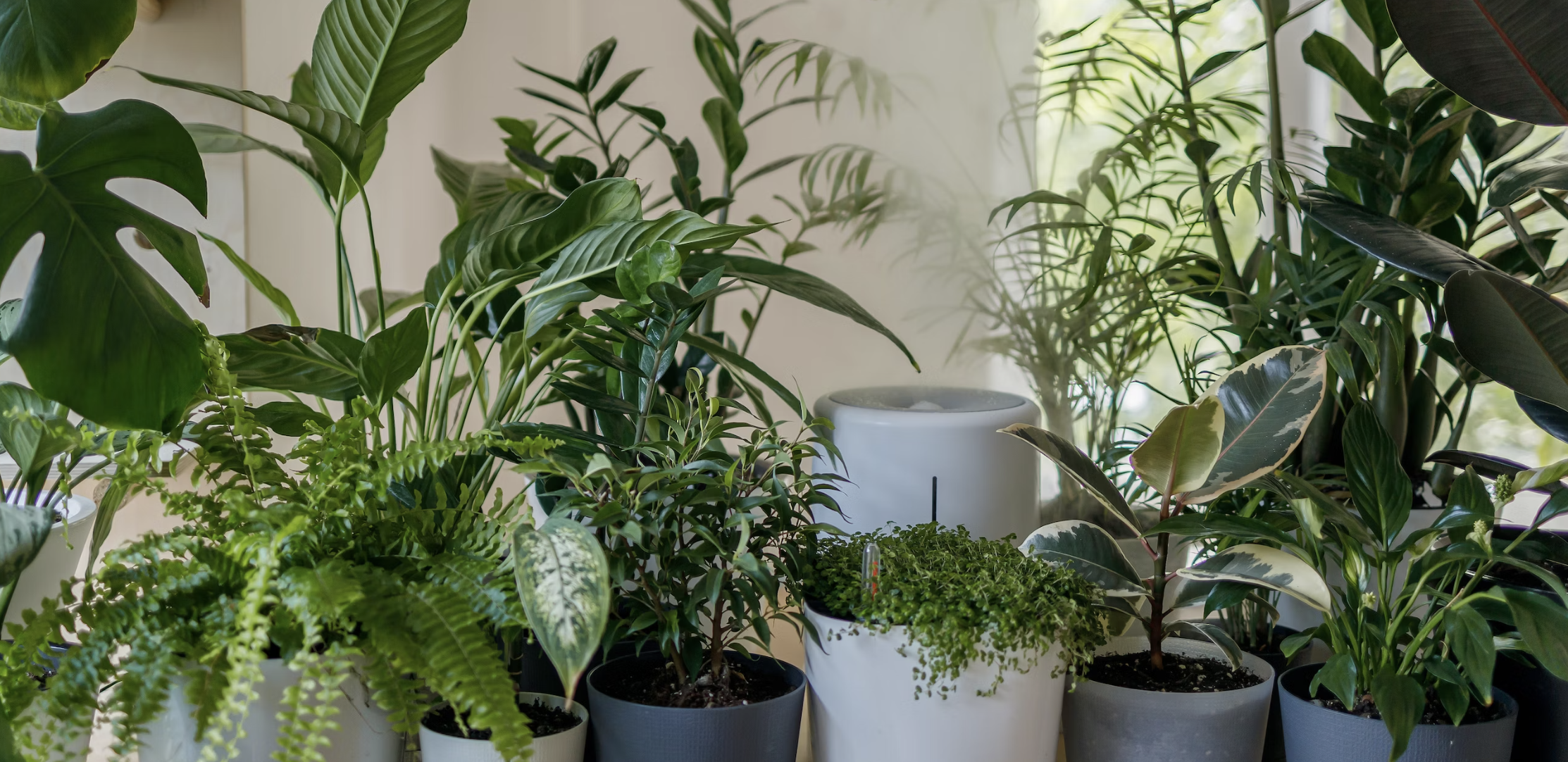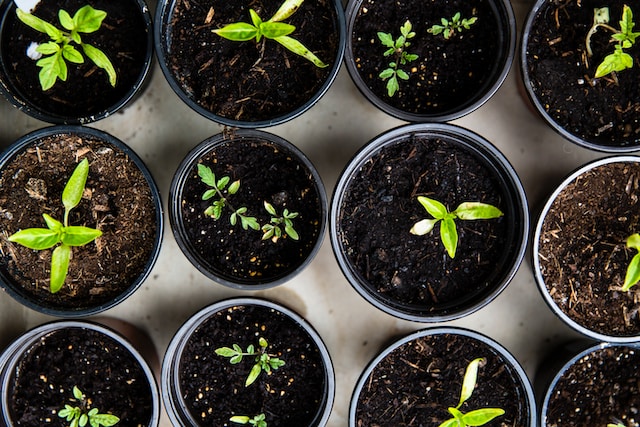
Factors to consider when selecting plant pots
Choosing the right plant pots is crucial for the overall health and success of your plants. The right pots provide the necessary support, aeration, and drainage for optimal growth. When selecting plant pots, it's important to consider the specific needs of your plants, as different species have varying requirements.
Firstly, the material of the plant pots plays a significant role. Clay pots, for example, are known for their excellent aeration properties, allowing roots to breathe and preventing overwatering. On the other hand, plastic pots retain moisture more effectively, making them a great choice for plants that require consistent moisture levels. Ceramic pots are popular for their durability and aesthetic appeal, but they may not be suitable for all plant varieties.
Secondly, the size and shape of the plant pots are important considerations. Larger pots provide more room for root growth, allowing plants to establish a strong foundation. However, it's essential to match the pot size to the plant's growth requirements to avoid limited root space or excessive soil moisture. Additionally, the shape of the pot can enhance the overall visual appeal of your garden and complement the plant's natural form.
Lastly, the drainage system of the plant pots is crucial for preventing waterlogging and root rot. Proper drainage ensures that excess water can escape, preventing the roots from sitting in water for extended periods. Some pots come with pre-drilled holes, while others may require manual drilling. Ensuring efficient drainage is essential for the long-term health of your plants.
Different types of plant pots - clay, ceramic, plastic, etc.
When it comes to plant pots, there are various options to choose from, each with its own advantages and disadvantages. Let's explore the most common types of plant pots and their characteristics.
Clay Pots
Clay pots, also known as terracotta pots, are a classic choice for many gardeners. They are made from natural clay and have excellent breathability, allowing air to reach the roots. This promotes healthy root growth and prevents waterlogging. Clay pots are also known for their natural aesthetics, adding a touch of rustic charm to any garden. However, they can be prone to cracking in extreme temperatures and may require additional insulation during colder months.
Ceramic Pots
Ceramic pots are popular for their durability and versatility. They come in a wide range of shapes, sizes, and colors, making them suitable for various plant species and garden styles. Ceramic pots provide good insulation, protecting the roots from extreme temperature fluctuations. However, they can be heavy and prone to breakage if mishandled. Ceramic pots are a great choice for indoor plants or areas where they won't be moved frequently.
Plastic Pots
Plastic pots are lightweight, affordable, and available in a wide range of sizes and styles. They are easy to clean and maintain, making them a practical choice for many gardeners. Plastic pots retain moisture well, making them suitable for plants that require consistent moisture levels. However, they may not provide the same level of breathability as clay or ceramic pots and can degrade over time when exposed to direct sunlight. Fiberglass Pots Fiberglass pots are lightweight and durable, making them a popular choice for both indoor and outdoor gardening. They are available in various colors and finishes, allowing for creative design options. Fiberglass pots provide good insulation and are resistant to cracking and fading. However, they may not be as breathable as clay pots and can be more expensive.
Hanging Baskets
Hanging baskets are a great way to add vertical interest to your garden or utilize limited space. They are usually made of plastic or wire and come in various sizes and shapes. Hanging baskets are ideal for trailing plants, such as ivy or petunias, as they allow the foliage to cascade beautifully. It's important to choose baskets with proper drainage and ensure they are securely hung to prevent accidents. Self-Watering Pots Self-watering pots are a convenient option for busy gardeners or those with less gardening experience. These pots have a reservoir at the bottom that holds water, which is gradually absorbed by the plant's roots as needed. Self-watering pots can help maintain consistent moisture levels and reduce the risk of over or under-watering. However, it's still important to monitor the water level and ensure proper drainage to prevent water stagnation.
Pros and cons of each type of plant pot
The size and shape of the plant pots you choose are crucial for the overall health and growth of your plants. Let's explore some guidelines to help you make the best decisions.
Size Matters
Choosing the right pot size is essential to provide adequate space for root growth. Small pots can restrict root development and lead to stunted growth, while oversized pots can result in excessive soil moisture and nutrient deficiencies. Consider the mature size of the plant and choose a pot that allows for proper root expansion. As a general rule, the pot should be approximately one to two inches larger in diameter than the plant's current container.
Consider the Plant's Growth Habits
Different plants have varying growth habits, and it's important to choose pots that accommodate their specific needs. For example, plants with long taproots, such as carrots or daikon radishes, require deeper pots to allow for proper root penetration. On the other hand, plants with shallow root systems, such as lettuce or herbs, can thrive in shallower pots.
Optimal Pot Shapes
The shape of the pot can enhance the visual appeal of your garden and complement the natural form of the plant. Tall, narrow pots are ideal for plants with upright growth habits, such as bamboo or palm trees. Wide, shallow pots work well for plants with spreading root systems, such as succulents or groundcovers. Hanging baskets are perfect for trailing plants, creating an elegant display when suspended from pergolas or porch ceilings.
Container Gardening Tips
If you're limited on space or have poor soil conditions, container gardening can be a great solution. When choosing pots for container gardening, consider the weight of the pots, especially if you plan to move them frequently. Opt for lightweight materials such as plastic, fabric or fiberglass. Additionally, ensure that the pots have proper drainage holes to prevent waterlogging.
Choosing the appropriate size and shape of plant pots
Whether you're gardening indoors or outdoors, the choice of plant pots can significantly impact the success of your plants. Let's explore some key considerations for each scenario.
Indoor Plant Pots
When selecting plant pots for indoor use, aesthetics and functionality are both important factors. Choose pots that complement your interior design style and reflect your personal taste. Consider the size of the plant and the available space, ensuring the pot fits well without overcrowding. Additionally, indoor plants often require drainage trays or saucers to prevent water damage to furniture or flooring.
Outdoor Plant Pots
Outdoor plant pots need to withstand various weather conditions, including rain, intense sunlight, and temperature fluctuations. Look for pots made from durable materials, such as clay or fiberglass, that can withstand these elements. Ensure that the pots have proper drainage to prevent waterlogging during heavy rainfall. Consider the weight of the pots, especially if they will be placed on balconies or rooftops, to prevent accidents.
Considerations for indoor vs. outdoor plant pots
To ensure optimal plant growth and health, it's important to match the right plant pots to the specific needs of your plants. Let's explore some guidelines for selecting plant pots based on plant species and growth requirements.
Moisture-Loving Plants
If you have plants that thrive in consistently moist soil, such as ferns or peace lilies, choose plant pots that retain moisture well. Plastic pots are a good option, as they prevent water evaporation. Additionally, consider using self-watering pots to maintain the ideal moisture levels without the risk of overwatering.
Plants Requiring Excellent Drainage
Plants that prefer well-drained soil, such as succulents or cacti, require pots with efficient drainage systems. Clay pots are an excellent choice for these plants, as they allow excess water to evaporate quickly. Ensure that the pots have drainage holes and use well-draining potting mix to prevent root rot.
Large or Fast-Growing Plants
For large or fast-growing plants, choose pots that provide ample space for root development. Oversized pots can accommodate the rapid growth and prevent the plant from becoming root-bound. Consider using lightweight materials, such as plastic or fiberglass, for large pots to facilitate easier transport and maintenance.
Hanging or Trailing Plants
Hanging or trailing plants, such as ivy or trailing petunias, require pots that allow the foliage to cascade gracefully. Choose hanging baskets made from plastic or wire, as they provide the necessary support and allow for proper drainage. Ensure that the baskets are securely hung to prevent accidental falls.
Matching plant pots to plant species and growth requirements
Plant pots not only serve as functional containers for your plants but also as decorative elements in your garden. Let's explore some options to add color, patterns, and textures to your plant pots.
Colorful Pots
Adding a pop of color to your garden can create a visually striking display. Choose plant pots in vibrant hues that complement the colors of your plants or the surrounding landscape. Consider using a color scheme that harmonizes with the overall theme of your garden. Additionally, you can paint or decorate plain pots to add a personal touch.
Patterned Pots
Patterned pots can add visual interest and texture to your garden. Opt for plant pots with intricate patterns or motifs that complement your plants and garden style. Geometric patterns, floral designs, or even hand-painted pots can create a unique and eye-catching display. Ensure that the patterns do not overpower the plant or clash with other elements in your garden.
Textured Pots
Textured pots can add depth and dimension to your garden design. Choose plant pots with interesting textures, such as ribbed, embossed, or mosaic patterns. These pots can create a tactile experience and enhance the overall aesthetic appeal of your garden. Consider the texture of the plants as well, ensuring that the pot and plant textures complement each other.
Decorative options for plant pots - colors, patterns, and textures
To ensure the longevity and functionality of your plant pots, proper maintenance and care are essential. Here are some tips to keep your plant pots in top condition:
Cleaning Plant
Pots Regularly clean your plant pots to remove dirt, debris, and potential pests. Empty the pots and scrub them with a mild detergent or a mixture of water and vinegar. Rinse thoroughly and allow them to dry completely before reusing. This helps prevent the buildup of harmful bacteria and ensures a healthy environment for your plants.
Preventing Algae and Mold
Algae and mold can develop on the surface of the plant pots, especially if they are exposed to excessive moisture or shade. To prevent their growth, ensure proper drainage and avoid overwatering. Additionally, periodically scrub the pots with a diluted bleach solution to eliminate any existing algae or mold.
Winter Protection
During the winter months, protect your plant pots from extreme cold temperatures. Move sensitive plants indoors or provide insulation by wrapping the pots with burlap or bubble wrap. Elevate the pots on pot feet or bricks to prevent direct contact with the freezing ground. These measures help prevent cracking or damage to the pots caused by frost.
Reusing and Recycling Pots
When replanting or rearranging your garden, consider reusing or recycling old plant pots. Clean and disinfect the pots before reuse to prevent the spread of diseases or pests. If you no longer need certain pots, donate them to local gardening organizations or recycle them responsibly.
Maintaining and caring for plant pots
Choosing the perfect plant pots can elevate your gardening experience and contribute to the overall health and beauty of your plants. Consider the specific needs of your plants, such as their preferred moisture levels and growth habits, when selecting pots. Explore different materials, sizes, and styles to find the ideal pots that reflect your style and meet the requirements of your plants.
From clay pots that provide excellent aeration to plastic pots that retain moisture, each type of plant pot has its advantages and disadvantages. Consider the pros and cons of each material and choose accordingly. Remember to prioritize proper drainage to prevent waterlogging and ensure the long-term health of your plants.
The size and shape of the plant pots are important considerations as well. Match the pot size to the growth requirements of the plant and choose shapes that complement the natural form of your plants. Additionally, explore decorative options such as colorful pots, patterned pots, and textured pots to add visual interest to your garden.
Lastly, maintain and care for your plant pots to ensure their longevity. Regularly clean the pots, prevent the growth of algae and mold, and protect them during the winter months. Reuse or recycle old pots to minimize waste and contribute to a more sustainable gardening practice.
With this ultimate guide, you're now equipped with the knowledge to choose the perfect plant pots for your garden. So go ahead and create a stunning garden oasis that will thrive and bring you joy for years to come. Happy gardening!



